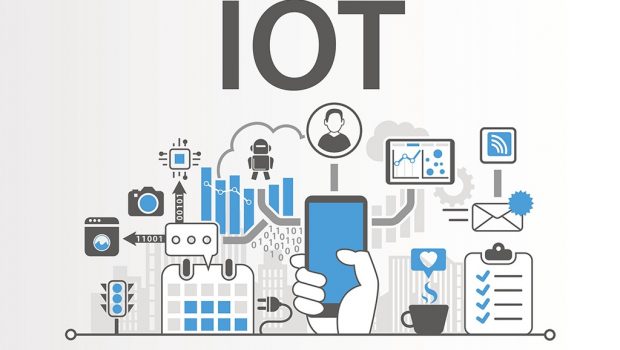How to develop An IoT App: 5 basic steps
The world is changing and technologies are developing very fast. Just a decade ago, few of us knew what IoT is. Today this technology is being highly implemented in mostly all sectors of our life. We have smart homes, smart cars, wearables. Wiresesly connected devices help business such as logistic companies, manufacturers and agricultural. This handy innovation greatly simplifies people’s lives even though there is still a lot of room for discovery. The popularity and success of IoT made many entrepreneurs, both from IT-world and non-technician fields turn their heads to IoT application development resulting in high investments and hype.
Not only startupers and IT-companies but also seasoned enterprises such as Intel and IKEA are spending solid amounts on IoT development as they see IoT as an interesting high-quality solution for their businesses. Thanks to the IoT, companies produce smart software and hardware enabling real-time monitoring, home protection and remote control. But IoT is even more than all that.
So if you decided to develop your own IoT app, but do not know where to start, here is a simple step-by-step guide. However we must warn you that IoT development is quite harder compared to an average app development. In fact, it requires a lot of time, skills and money. Therefore before jumping on this train you need to be sure that you can handle all hardships that come along. But if your idea succeeds, you’ll reap a great harvest.
5 steps to develop an IoT application
Without further ado, here we present steps you need to follow in order to build an IoT app:
- Define an idea
- Choose the hardware
- Decide on data storage
- Choose the platform
- Develop backend and frontend
- For starters, you need to sit and think really hard about what type of app you want to build. Consider the IoT products that are already in the market. Find the industry and niche that will be the most profitable for you. Develop a unique idea, thinks of the ways how to make your app viable. Only after you developed a vivid plan, you can move to the next stage.
2. Most likely that you already know how IoT systems work: the technology connects devices via bluetooth or other means of data transition and makes them working as an integrated system that completes multiple tasks. For instance, your coffee maker can start brewing you a fresh cup of morning coffee after your alarm clock rings three times. Or you can turn on your music system and decide on playlist remotely even when you are not at home. So according to the type of an app you choose, you need to opt for suitable hardware. Usually IoT devices have their own OS, they consume little energy and they transmit data wirelessly.
3. As IoT devices collect, process and transmit data, you need to provide them with a place where all this data will be stored. IoT app developers usually use cloud storage as they can receive and send data even if there are some issues with the connection.
4. The next step is to choose a platform where you will develop your IoT app. The most popular platforms are Amazon Web Services, Azure IoT Suite and Oracle IoT. They offer convenient tools that help to manage enormous volumes of data and provide a secure and fast data streaming.
5. At last you need to develop a server with a wide range of features that will power your IoT app from inside. And of course you can’t skip on a frontend development. If you want your end users to come back to your app, not only its functionality has to be great but also its user interface and experience.
















